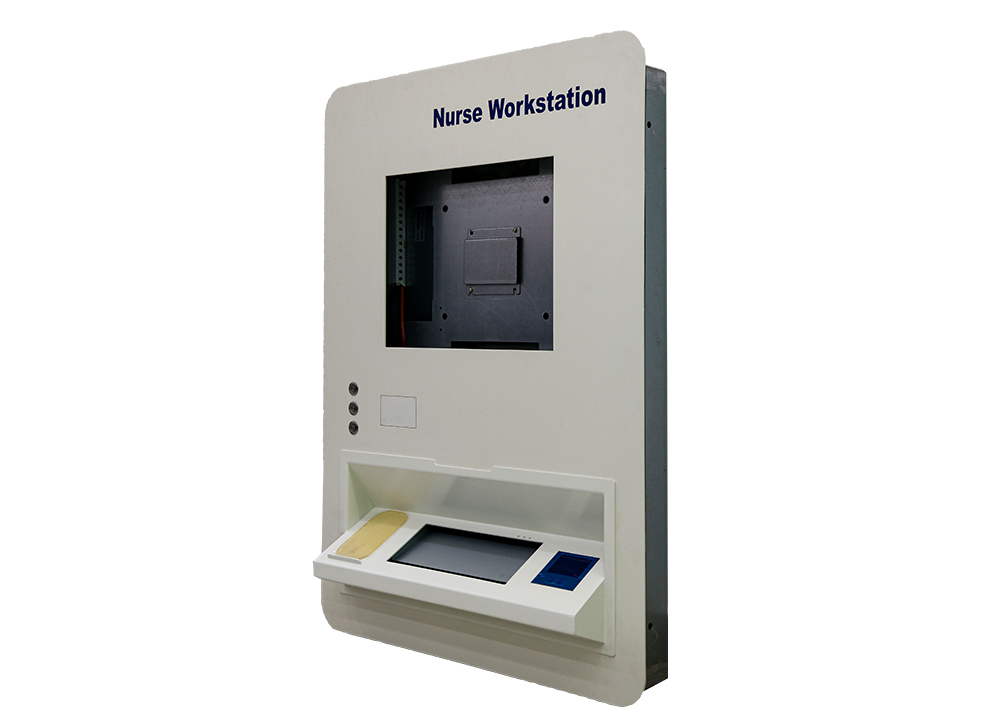Time:2023-06-05 Preview:
The non -standard part processing center is developed from the CNC milling machine. The difference from the CNC milling machine is that the processing center has the ability to automatically exchange processing tools. By installing different uses on the knife library, it can be replaced by automatic switching in one fiber. The knife device changes the processing tool on the spindle to achieve a variety of processing functions. Non -standard part processing equipment is suitable for large quantities, high accuracy, complex processing, and processing of arcs and taper.
Before processing of non -standard parts, you need to understand what non -marking parts are?
Parts processing can be divided into standard parts and non -standard part processing according to the processing objects. Relatively speaking, it is easier for standard parts to process, rather than the processing of marking parts. Standard parts are non -standard parts.

Non -standard part processing is that there are no strict standard specifications, there are no relevant parameter regulations, and other accessories controlled by the enterprise are freely controlled. Non -standard parts have many varieties. At present, there are no standardized categories. The general classification is as follows:
1. Metal non -standard parts: usually the molds are mostly, the tolerance requirements and smoothness are stipulated. There is no certain paradigm. The product requires corresponding quality control from casting to precision processing. Standard Parts.
2. Non -metal non -standard parts: It is processing of some non -metallic materials, such as plastic, wood, stone, etc. In recent years, the development of the injection molding industry and plastic molds has become increasingly refined, and the references of curved surface design and programming CNC have greatly improved the cost and tolerance level of non -standard processing.
3. Drive, cutting thickness is only about 1 microns. It is often used for high -precision and bright surface height of the sphere, non -spherical flat and surface reflex mirrors of non -colored metal materials.
For example, a non -spherical reflex mirror with a diameter of 800 mm used in the processing nuclear fusion equipment has a high precision of 0.1 microns and the surface roughness is RZ0.05 micrometers.
The precision of fine parts is nanometer, and even when the atomic unit (atomic lattice distance is 0.1 to 0.2 nanometer) as the policy, the cutting method of super fine parts can not be adapted. , Electrochemical energy, thermal energy, or electrical energy, so that these energy surrendering the union between the atomic atom, thereby removing the attachment, combination, or lattice deformation between some atoms on the surface of the workpiece to achieve the purpose of super fine processing.
 Related News
Related News·Safety operating procedures for CNC processing ·Manual operation guide for carving and milling machine ·What do we need to pay attention to during mechanical processing? ·What are the advantages of stainless steel processing ·Why choose a dual spindle machining center? ·The Role of Mold Accessories in CNC Precision Parts Processing ·How to deal with hand wheel failure during CNC processing? ·CNC machining center machine tool ·Advantages of electrostatic metal powder spraying ·What causes the failure of metal die casting die


